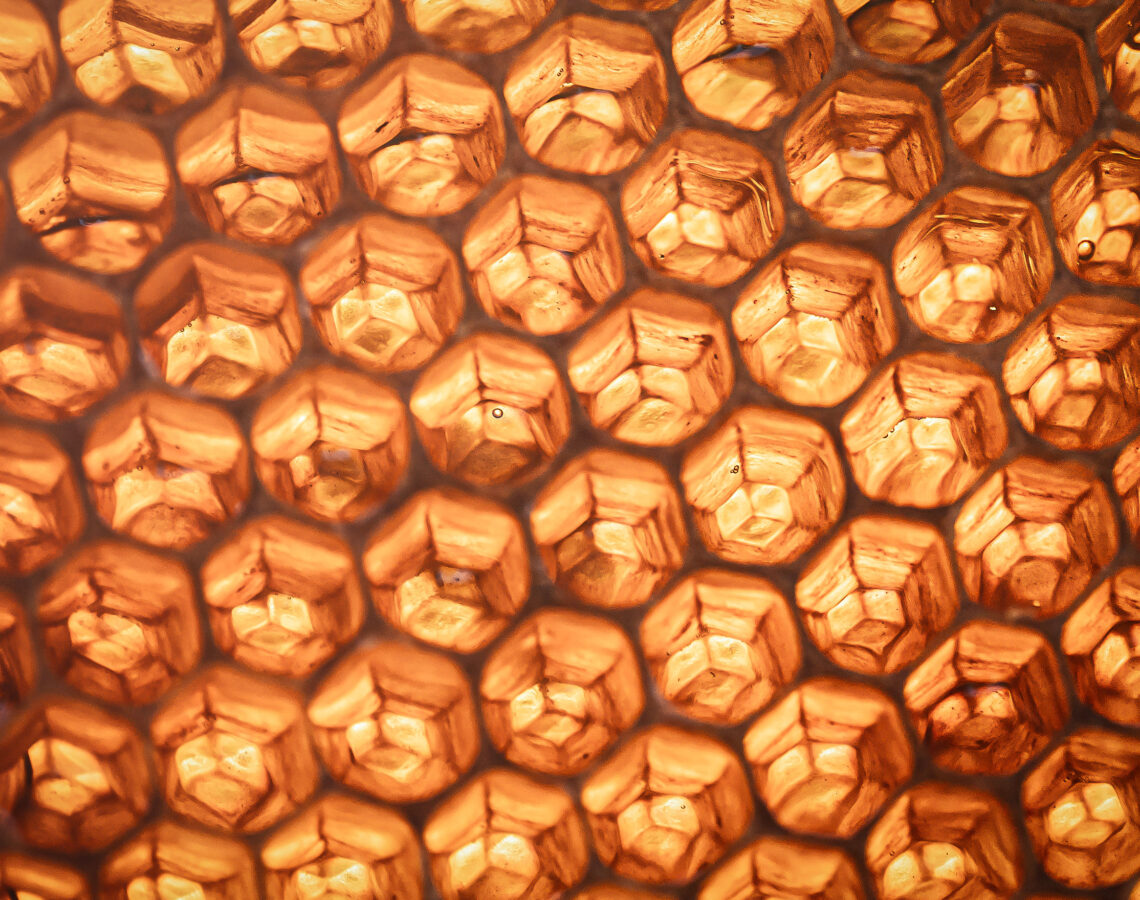Would you eat honey made from…insect poop?!

Close your eyes…imagine you open the cabinet to grab a jar of honey. What’s it look like? What color is it? What’s the texture? Is it liquid? Is it smooth? Is it sweet?
Part of our work at the Honey Ranch is to get folks to rework what their minds think of when they think of honey. Most all folks still have yet to really benefit from tasting truly raw and real honey. There is definitely a ubiquitous image of honey in most folks’ minds. What if I told you honey could be red, or electric yellow, or even almost black in color? That sure, honey can be fruity and floral, but is also can be as bitter as a cup of coffee. I have a chuckle whenever I hear someone say “I don’t like honey.” It’s almost like saying “I don’t like fruit.” There are so many different kinds of honey around the world, ranging from super sweet to bitter, dark to light, smooth to a sugared texture, that it would be hard to not find something that makes you smile.
Insect poop honey?!
Honey bees make honey from the nectar of flowers…but they can also make honey from a sugar substance called honeydew secreted by a type of insect known as aphids after drinking sap from trees. Aphids need a lot of protein, but unfortunately the sap that is their primary food source is pretty low in protein, so they must consume a lot of it to meet their daily needs. As they insert their mouthparts into a tree to gather the sap, the ‘leftovers’, mostly sugar and water, is pushed through the bug’s digestive tract. In times of low nectar availability, honey bees will gather this honeydew and bring it back to their hive.
While the idea of eating sap that has run through an aphid’s digestive tract may make you a bit squeamish, it’s actually prized in parts of Europe and New Zealand. Called honeydew honey or tree honey, it tends to be much darker in color and less sweet than honey, and does not crystallize the way that honey does. You may see this in airports while in Europe: fir honey and pine honey are just two examples of honeydew honey. Plus, keep in mind that ‘regular’ nectar honey runs through part of the digestive tract of a bee, it just doesn’t come out of the south end!
Poisonous honey?
While many plant species produce nectar for bees to enjoy, because they rely on bees to pollinate their flowers, there are some flowers that are poisonous to honey bees. Yellow jessamine (often called yellow jasmine) is one such plant. You can find yellow jasmine in abundance across Austin, sadly! Another is the California buckeye tree, though it’s not actually the nectar or honey that is the issue: it’s the pollen. If honey bees bring back the pollen to feed to their young, it will cause deformities in the developing bees. Of course, the tree produces both honey and nectar, and if no other floral sources are available the bees will feast upon both. (It’s worth noting that the California Buckeye tree is not poisonous to native bees, and the research is a bit mixed on yellow jasmine.) The negative effects of the California buckeye are well understood, so most beekeepers can avoid the risk.
What’s your favorite honey!? (I promise, I won’t be offended if it’s not one of ours 🙂 My favorite Texas honey is the mesquite honey and one of my favorite “other” honeys is fireweed honey. Comment below and tell me about your favorite honey, or some unique honey you have tried. I’m always looking to build my honey hoarding closet!
Looking to build your own honey hoarding closet? Start here! All of our honey is produced from our bees within 30 miles of downtown Austin.



Leave a Reply